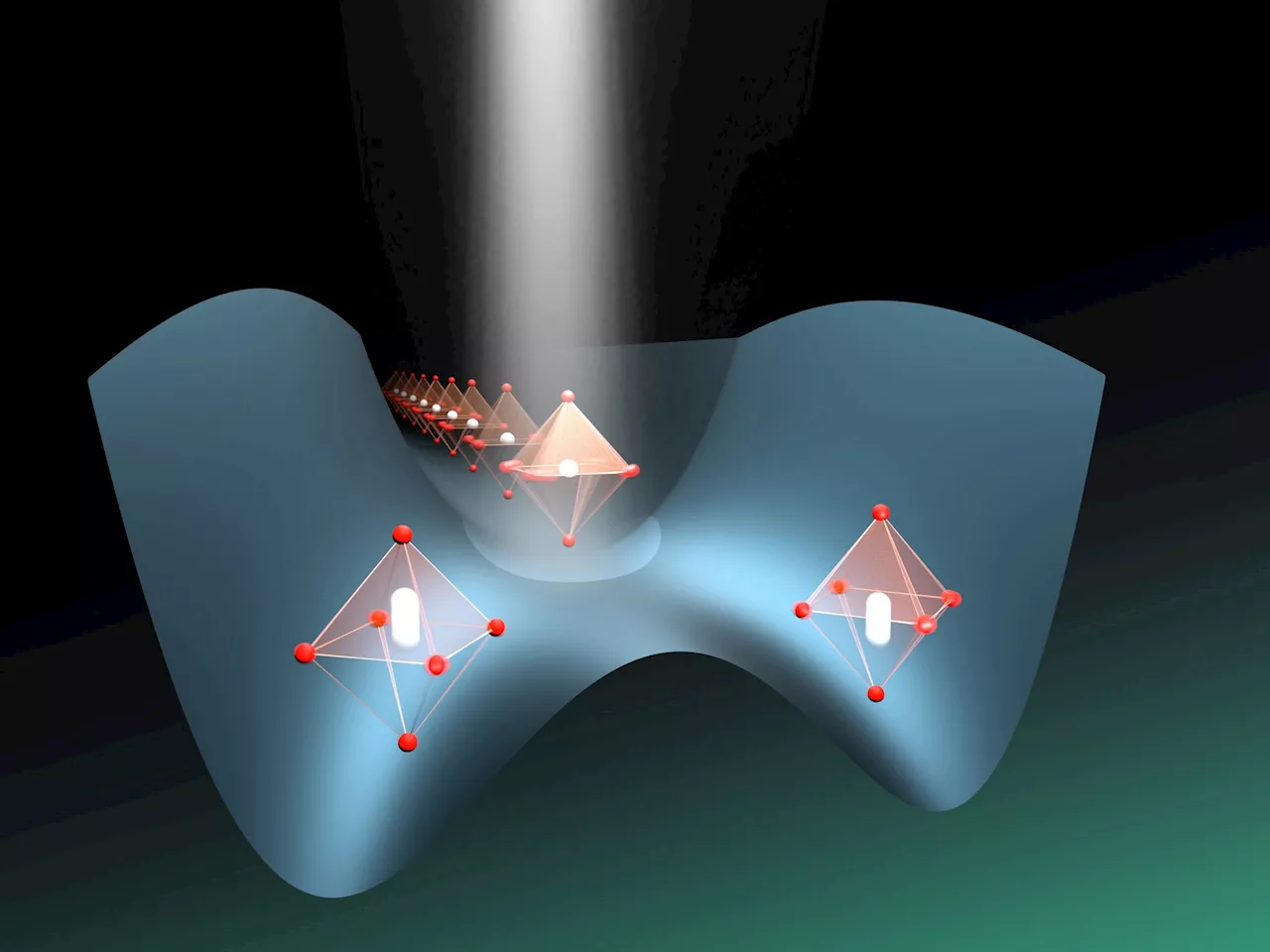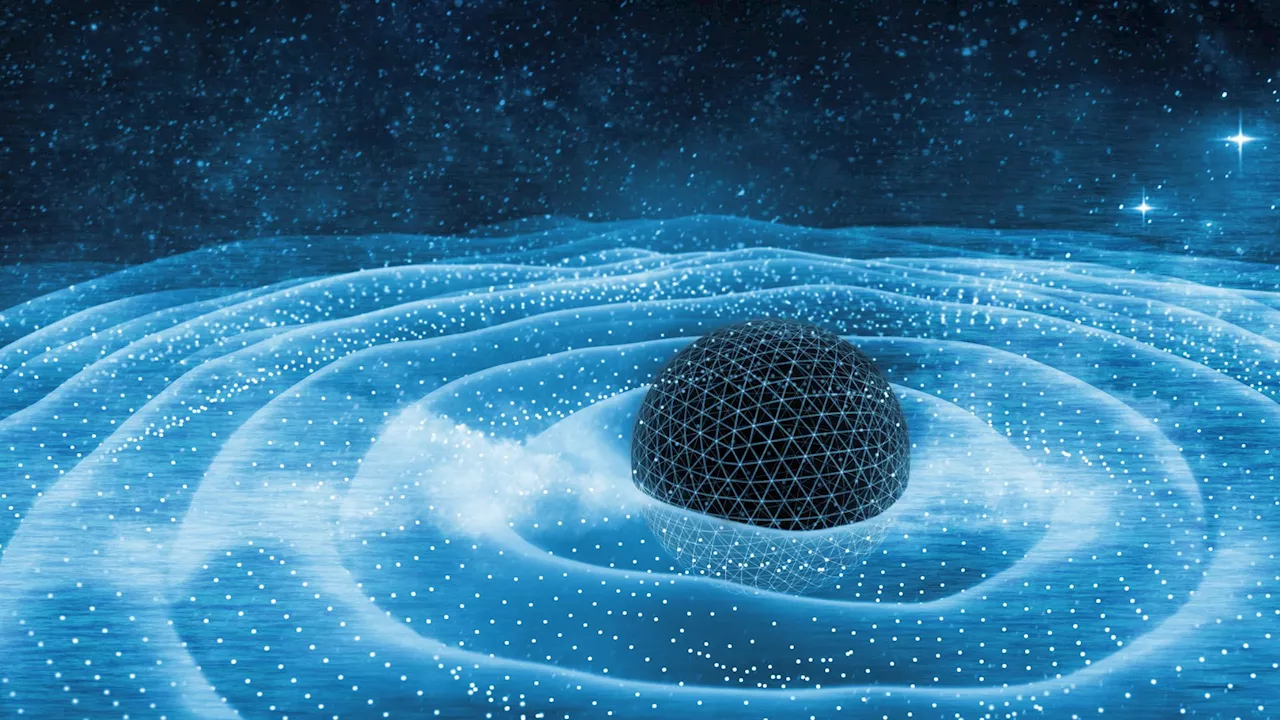By tweaking the energy of a thorium nucleus with a laser, scientists demonstrated a key step to building clocks based on the physics of atomic nuclei.
In a first, scientists have used a tabletop laser to bump an atomic nucleus into a higher energy state. It’s a feat that sets scientists on a path toward creating the first nuclear clock, which would keep time based on the inner workings of atomic nuclei.
Compared to atomic clocks — currently scientists’ most precise timekeepers — nuclear clocks could be simpler and more portable. And they could be used to test fundamental physics theories in new ways. With the new result, a nuclear clock seems more attainable than ever: “We know now that it’s conceptually feasible,” says physicist Peter Thirolf of Ludwig-Maximilians-Universität München in Germany, who was not part of the study.
Nuclear clocks would use the transitions of atomic nuclei, rather than electrons, to mark time. While most atomic nuclei have energy levels too far apart for a laser to kick off the jump, one special nucleus is an outlier. A variety of the element thorium, thorium-229, has an unusually small energy jump, accessible to lasers.That allowed physicists to take the next step.
In the experiment, the thorium-229 was embedded in a crystal of calcium fluoride. This differs from atomic clocks, in which atoms are contained in a vacuum chamber. The possibility of making future nuclear clocks out of solid materials is part of their appeal: “Potentially you could imagine building a much simpler, portable system, taking this clock out of the lab,” says physicist Jun Ye of JILA in Boulder, Colo., who was not involved with the new research.
United Kingdom Latest News, United Kingdom Headlines
Similar News:You can also read news stories similar to this one that we have collected from other news sources.
 Breakthrough in ultraviolet spectroscopyPhysicists achieve major leap in precision and accuracy at extremely low light levels.
Breakthrough in ultraviolet spectroscopyPhysicists achieve major leap in precision and accuracy at extremely low light levels.
Read more »
 Physicists Unlock the Secrets of Light-Induced Ferroelectricity in Quantum MaterialsScience, Space and Technology News 2024
Physicists Unlock the Secrets of Light-Induced Ferroelectricity in Quantum MaterialsScience, Space and Technology News 2024
Read more »
 Physicists discover lowest-ever frequency gravitational waves in pulsar dataPhysicists debut a new method to detect gravitational waves with unprecedented precision, providing insights into black hole mergers.
Physicists discover lowest-ever frequency gravitational waves in pulsar dataPhysicists debut a new method to detect gravitational waves with unprecedented precision, providing insights into black hole mergers.
Read more »
 Physicists reveal the statistical secrets of NFT market dynamicsThe researchers delved into various statistical parameters, including capitalization, minimum price, transaction frequency, time intervals between transactions, and transaction volume.
Physicists reveal the statistical secrets of NFT market dynamicsThe researchers delved into various statistical parameters, including capitalization, minimum price, transaction frequency, time intervals between transactions, and transaction volume.
Read more »
 Physicists develop modeling software to study biological membranes at the mesoscaleResearchers at the Niels Bohr Institute, University of Copenhagen and University of Southern Denmark have recently published FreeDTS—a shared software package designed to model and study biological membranes at the mesoscale—the scale 'in between' the larger macro level and smaller micro level.
Physicists develop modeling software to study biological membranes at the mesoscaleResearchers at the Niels Bohr Institute, University of Copenhagen and University of Southern Denmark have recently published FreeDTS—a shared software package designed to model and study biological membranes at the mesoscale—the scale 'in between' the larger macro level and smaller micro level.
Read more »
 Research suggests how turbulence can be used to generate patternsPhysicists show how patterns can emerge from chaos in turbulent fluids.
Research suggests how turbulence can be used to generate patternsPhysicists show how patterns can emerge from chaos in turbulent fluids.
Read more »
